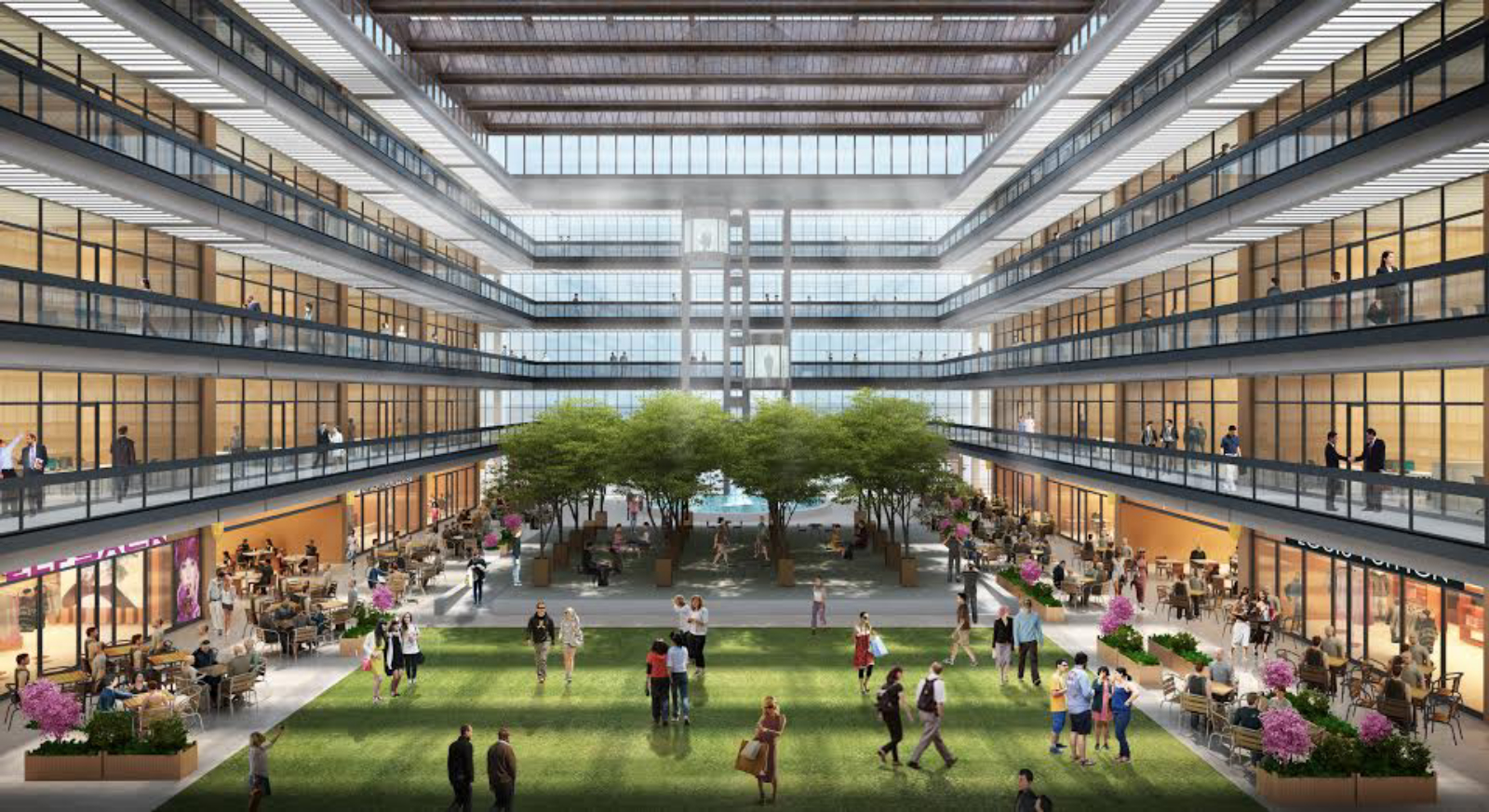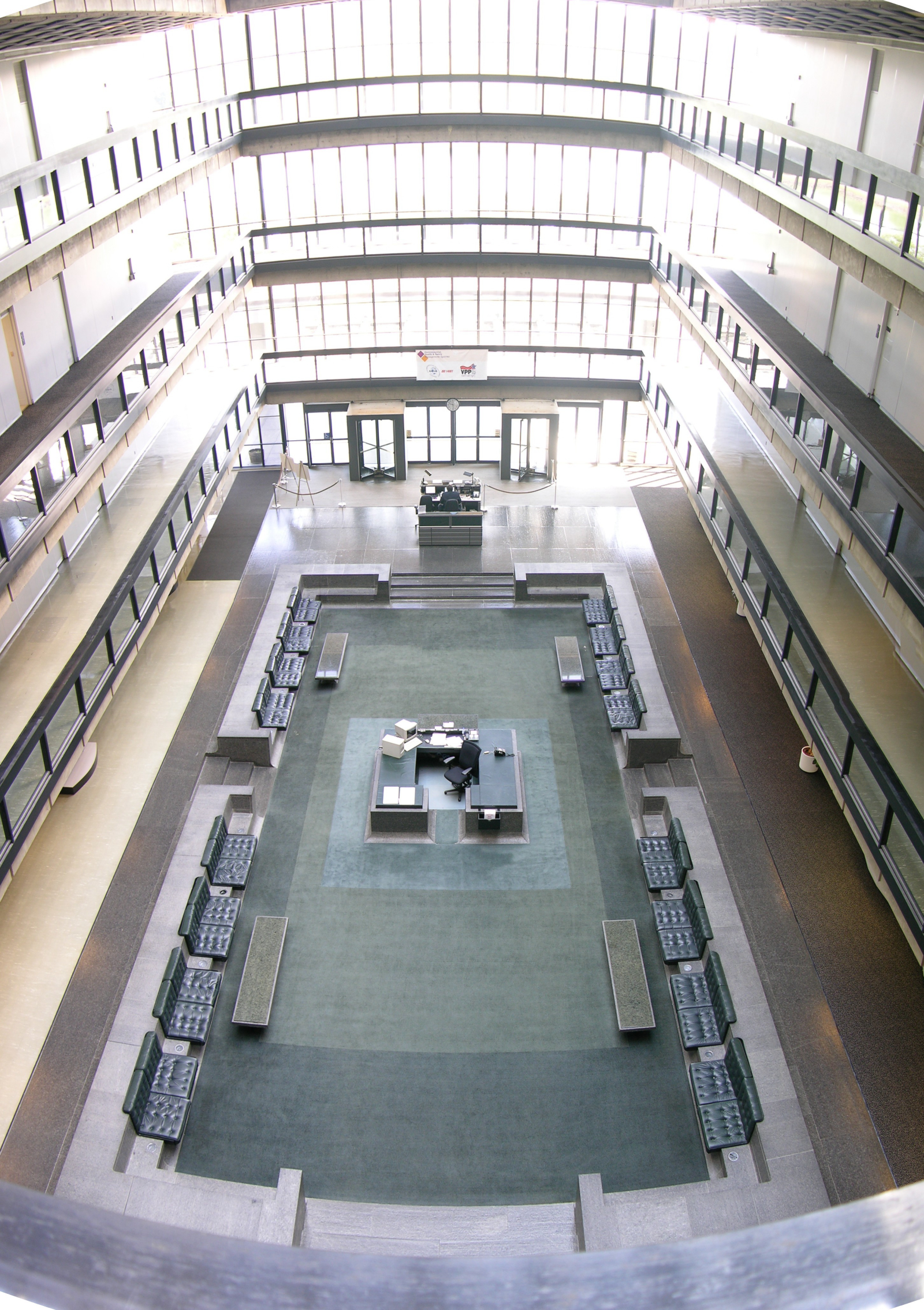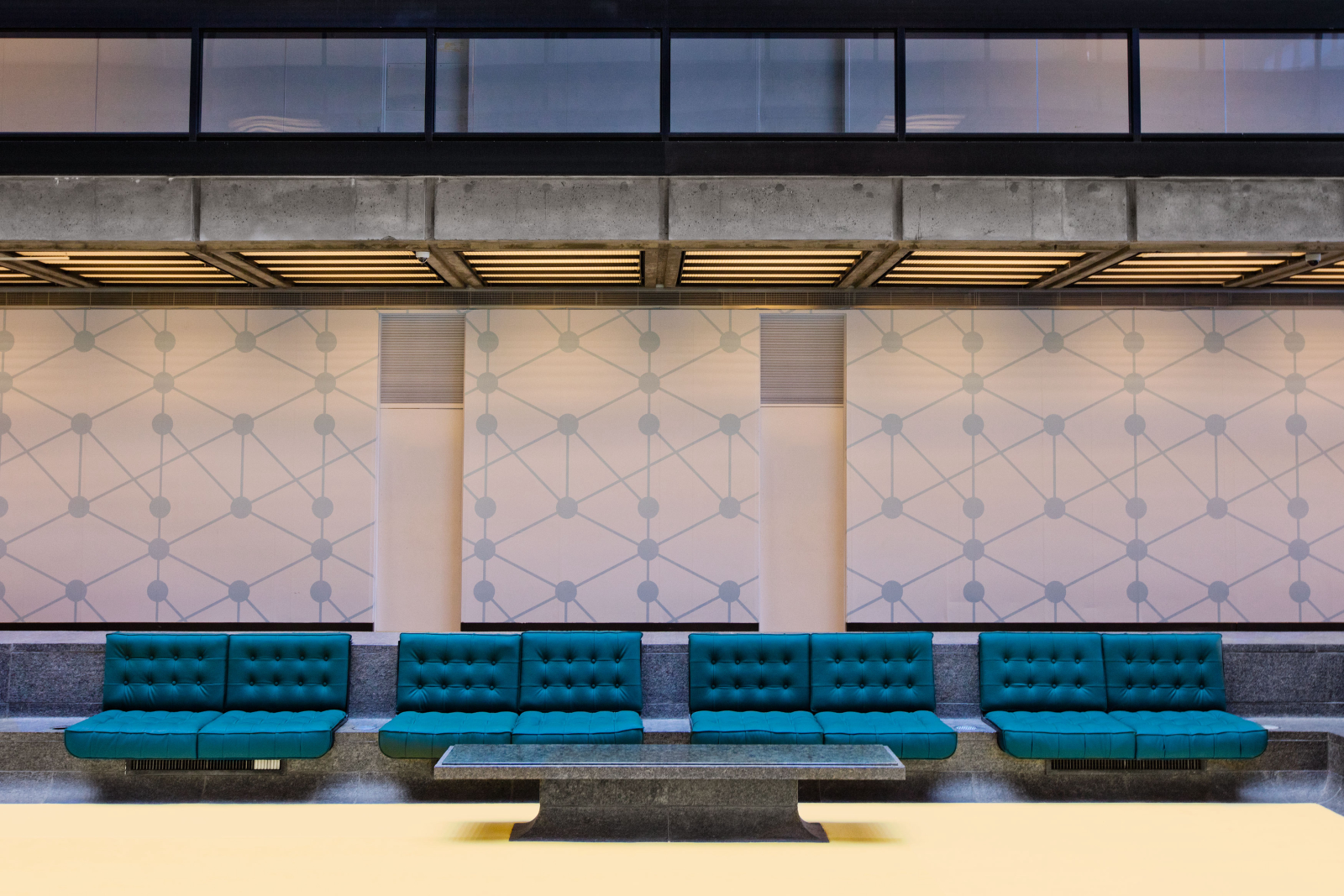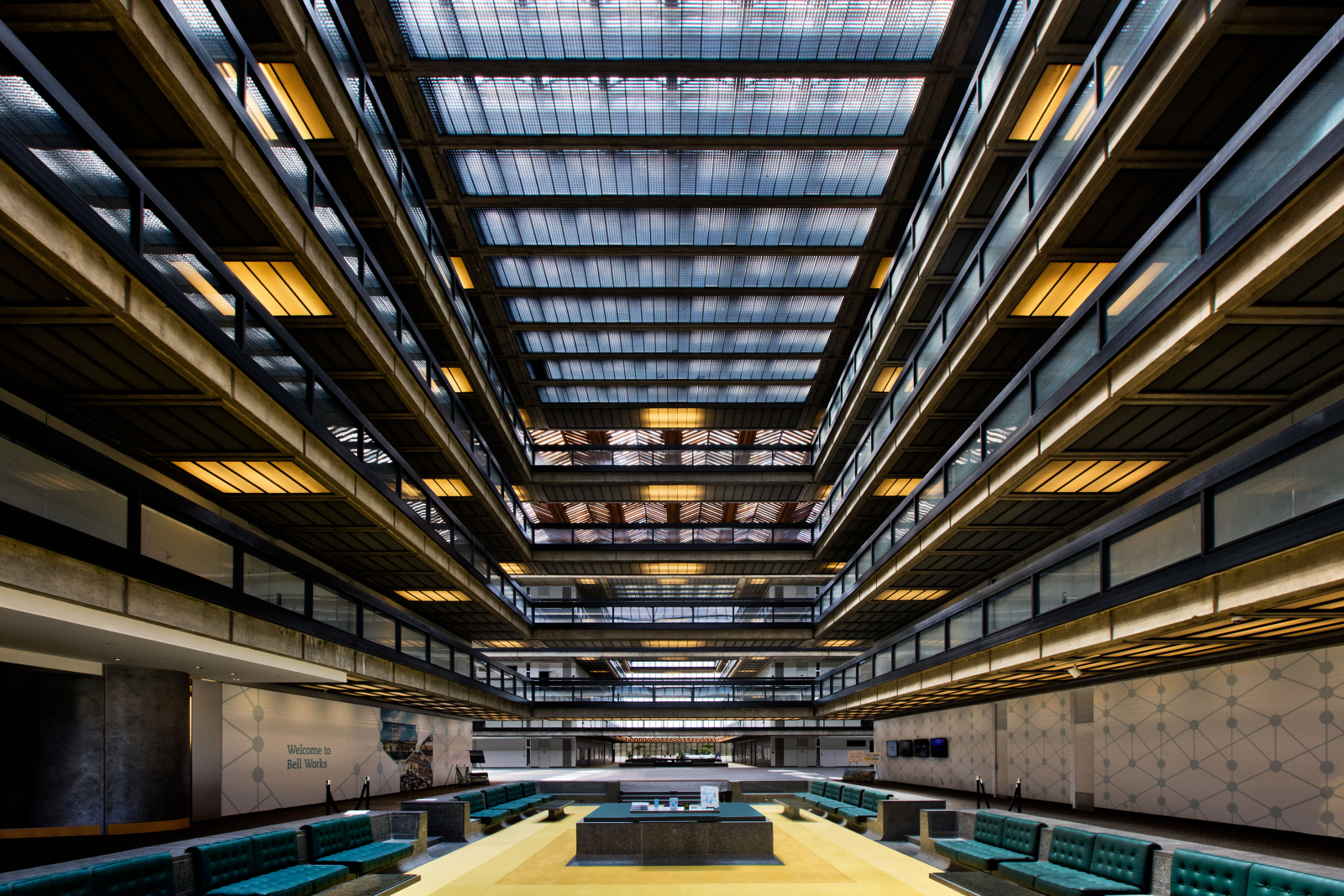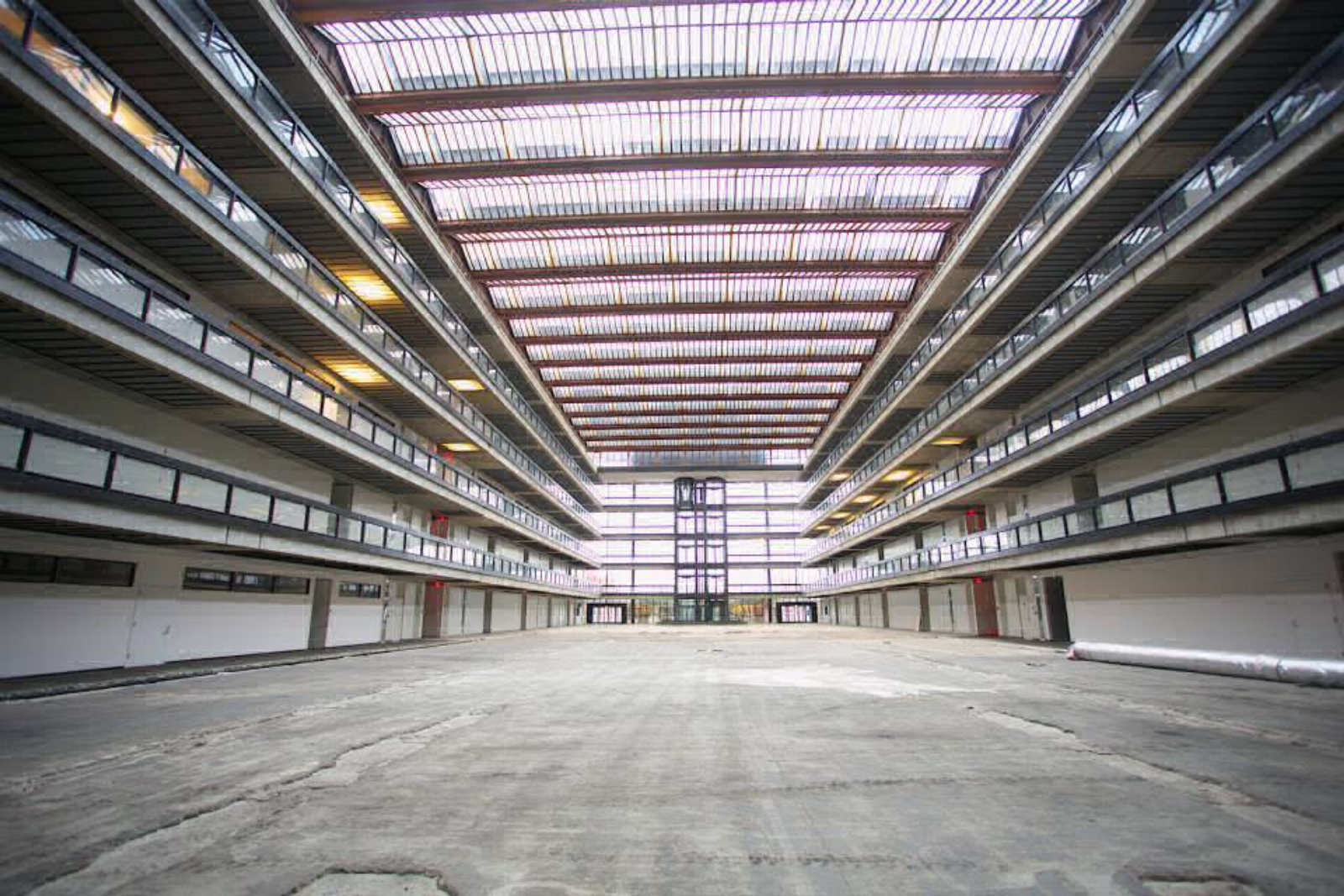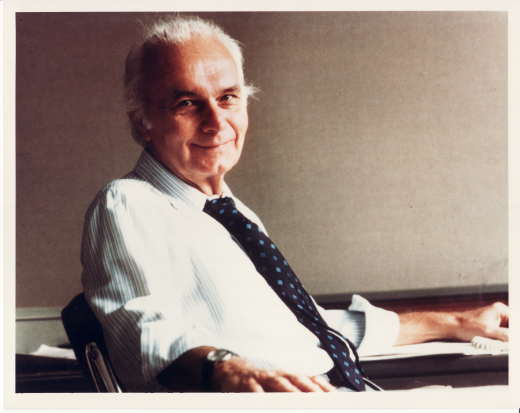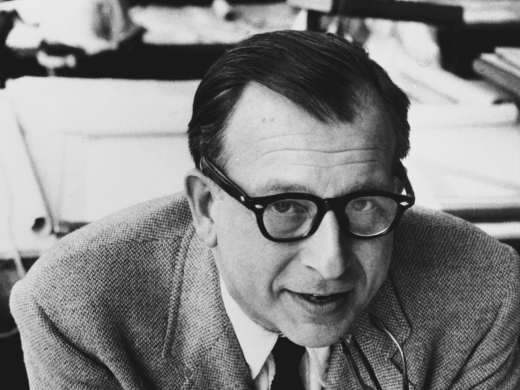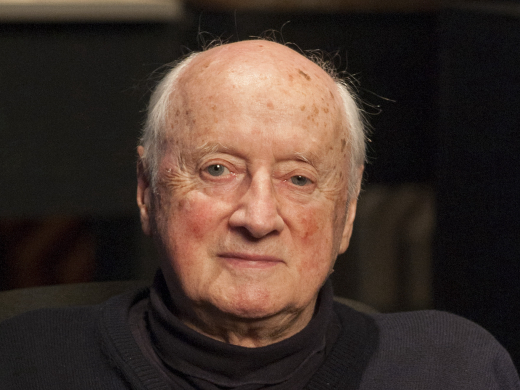Awards
Design
Award of Excellence
Commercial
The Commercial Design Award of Excellence is given for the restoration of the former Bell Laboratories, which has been transformed into Bell Works, the two-million-square-foot mixed-use “metroburb”, located in Holmdel, New Jersey. Designed by world-renowned modernist architect Eero Saarinen and constructed in stages between 1959-1982, the enormous mirrored glass-enclosed structure (the first of its kind) was home to Bell Laboratories, later known as AT&T, Lucent, and ultimately Alcatel-Lucent. Within its walls, researchers made a number of monumental discoveries, including the development of the cell phone and fiber optic technology. Rumblings of demolishing the site after Alcatel-Lucent vacated the building sparked concern from architects, historians, and design professionals around the globe. After acquiring the famed building in 2013, Somerset Development, along with Alexander Gorlin Architects - with the aid of public-private collaboration - began a multi-faceted approach of reviving and reinvigorating the space as a “dynamic, collaborative workplace of the future, complete with a blossoming ecosystem of technology, traditional office, retail, dining, and hospitality.”
“This is an adaptive reuse project on a grand scale. Instead of merely turning this into office space, Bell Works re-envisions this corporate headquarters building as a mixed use, self-contained town center incorporating retail and shopping and dining options, health and wellness uses, a hotel and conference center, educational facilities, an upscale spa and public facilities.” Nauman continues by pointing out, “social gathering areas were established, and the entire project was envisioned and completed with an eye toward sustainability, including a solar roof. This is an ambitious project that has reconfigured what was once the largest vacant commercial building in the country into a dynamic urban center.”
Somerset Development
- Paola Zamudio (Bell Works Creative Director/NPZ Style + Décor)
- Alexander Gorlin Architects (Lead Architect)
How to Visit
Location
101 Crawfords Corner RoadHolmdel, NJ, 07733
Country
US
